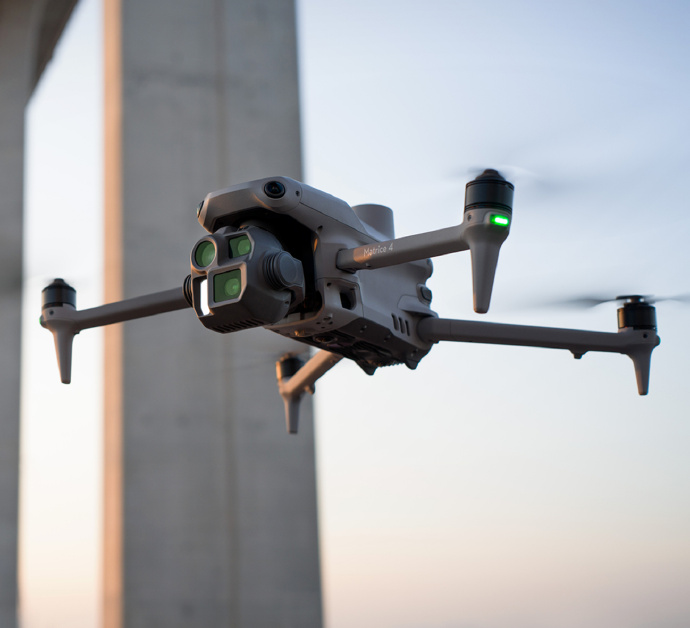Drone racing with camera technology has taken the world by storm, offering enthusiasts a thrilling and immersive experience. It’s a sport that combines high-speed aerobatics with advanced camera systems, providing spectacular views and adrenaline-pumping excitement. In this article, you’ll discover insights into masterful drone racing and learn how camera technology plays a vital role in enhancing the experience.
Understanding the Basics
Drone racing involves piloting drones around a set course at high speeds, where competitors aim to finish in the shortest time possible. To be successful, you’ll need to familiarize yourself with drone specifications, racing rules, and camera systems. The use of cameras in drones allows pilots to have a first-person view (FPV), enabling precision navigation through challenging circuits.
Choosing the Right Drone
Selecting a suitable drone is crucial for becoming competitive. Opt for drones specifically designed for racing, as they are equipped with faster motors and responsive controls. Consider drones with lightweight frames that offer durability and agility. When it comes to cameras, choose models with low latency and high-quality resolution to ensure clear visibility and rapid real-time feedback.
Camera Systems for Drone Racing
Cameras are pivotal for drone racing, acting as the pilot’s eyes. They generally consist of FPV cameras, DVR(recording) systems, and transmitters. An FPV camera gives you a live view of your flight, allowing you to maneuver through obstacles. It’s essential to ensure your camera setup has minimal latency and is compatible with your drone’s FPV goggles for real-time racing experience.
Tips for Enhancing Your Racing Skills
While technology is crucial, skill development is equally important. Start with practicing on beginner-friendly racing courses and slowly progress to more complex tracks. Focus on honing reflexes, understanding drone dynamics, and mastering camera navigation skills. Participation in local drone racing clubs can also provide valuable insights and feedback on your performance.
- Consistent practice is key to improvement.
- Utilize flight simulators for additional training.
- Adjust camera angles to optimize field of view.

Proper camera settings can significantly enhance your racing experience. Adjust exposure settings for different lighting conditions and ensure your camera lens is clean for optimal video quality. Consider experimenting with different camera mounts to achieve a stable and clear view during rapid maneuvers.
Safety is paramount in drone racing. Ensure all components, including the camera and flight controllers, are securely fastened. Avoid racing in overcrowded environments and always follow legal regulations concerning drone flights to ensure you enjoy the sport responsibly.
Joining competitions can be exhilarating and educational. They offer the opportunity to measure your skills against others and experience the thrill of real-time racing. Competitions often feature various classes based on drone specifications or pilot expertise, allowing everyone from rookies to professionals to participate.
Improvement comes with practice, understanding of technology, and consistent participation in racing events. Utilize simulators and get involved in local clubs for advice and feedback.
What type of camera is best for drone racing?
FPV cameras with low latency and high resolution are ideal for real-time racing, as they offer clear visibility and immediate feedback critical for navigation.
Are there any legal considerations for drone racing?
Yes, always adhere to local laws regarding drone operation, including altitude restrictions and flight area permissions to ensure safe and compliant racing.